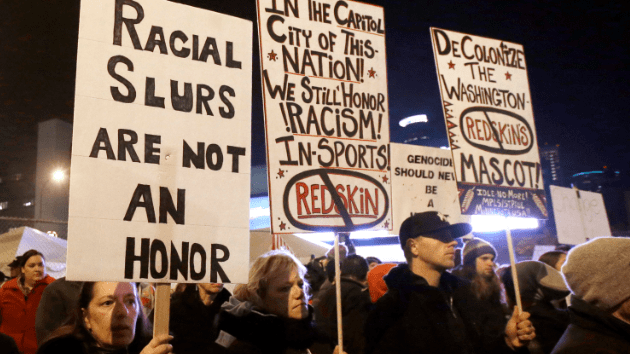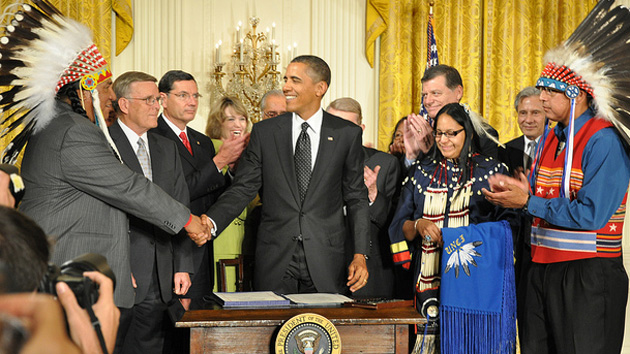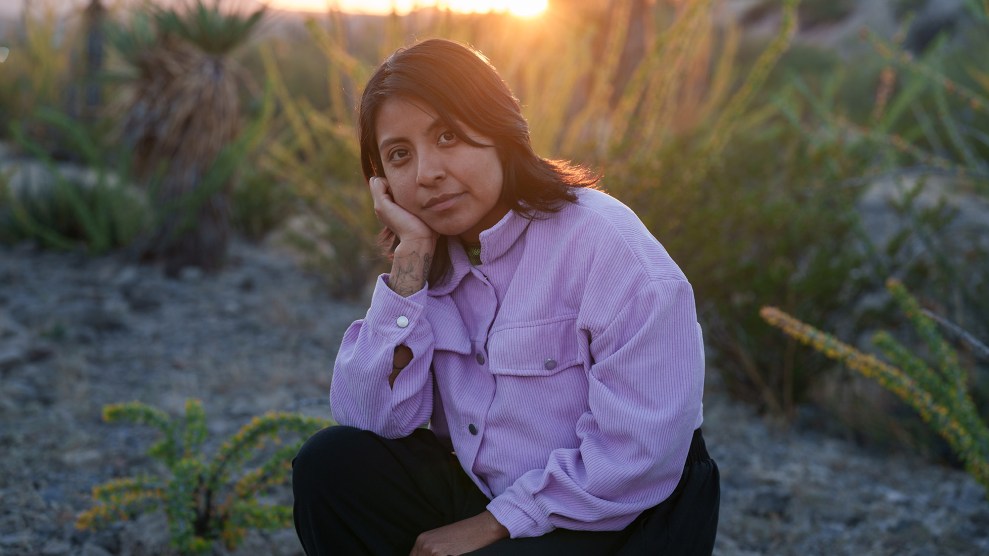“There are only three ways to get land,” said Tony Cerda, chairman of the Costanoan Rumsen Carmel Tribe, in 2010. “You can buy it, have it given to you, or steal it.” It’s clear which one of those applies to his people, the Ohlone, who lived in the central California coastal region for thousands of years prior to the arrival of Spanish missionaries in the 1700s. The Ohlone once numbered as many as 15,000 on lands stretching from the San Francisco Bay to Big Sur. But following years of enslavement under the Spanish mission system and, later, persecution by settlers, they are now largely a people in exile.
Cerda’s tribe—about 2,000 people living in the Pomona area east of Los Angeles—are now the largest contemporary Ohlone group in the state. They’re leading the push for cultural recognition in the city of San Francisco. Specifically, they’re asking the city for land to build a cultural center as part of a proposed shoreline redevelopment project in the Hunters Point Shipyard area. The area was once the location of a historic Ohlone village and burial site—one of over 425 in the San Francisco Bay region.
Ohlone leaders say a cultural center would highlight the oft-overlooked history of California’s native people while serving as a permanent place for today’s tribes to continue their song, dance, language, and art traditions. And they’re also hoping to rebuild their cultural presence through community events like the annual Big Time Gathering, which took place in October in San Francisco’s Presidio National Park. This year’s gathering was the biggest yet, drawing more than 100 Native Californians from seven different tribes. Their goal is to honor their roots, says Neil Maclean, one of the event’s organizers: “Through hearing them sing, seeing them dance, and joining with them in ceremony, the Ohlone will tell their side about what it is like to survive.”
















